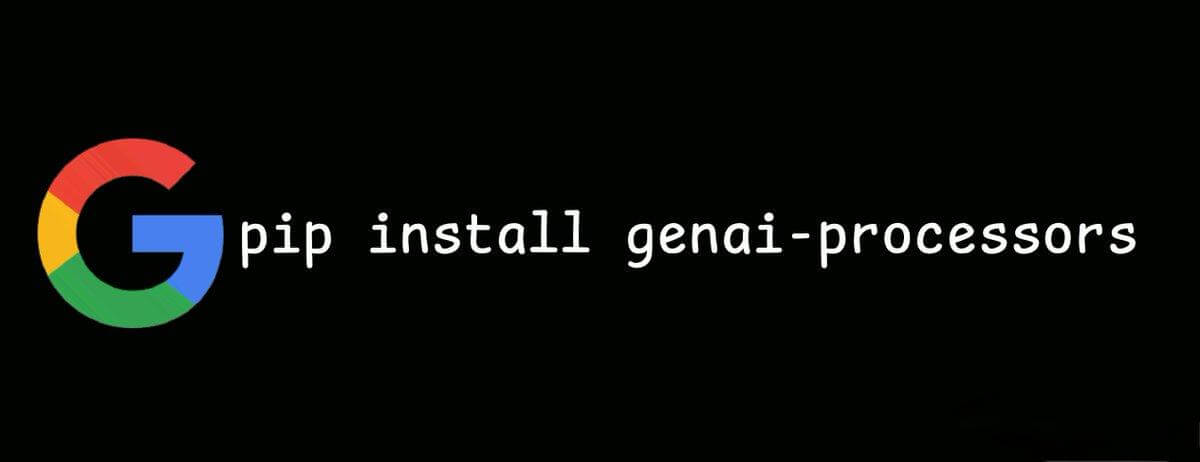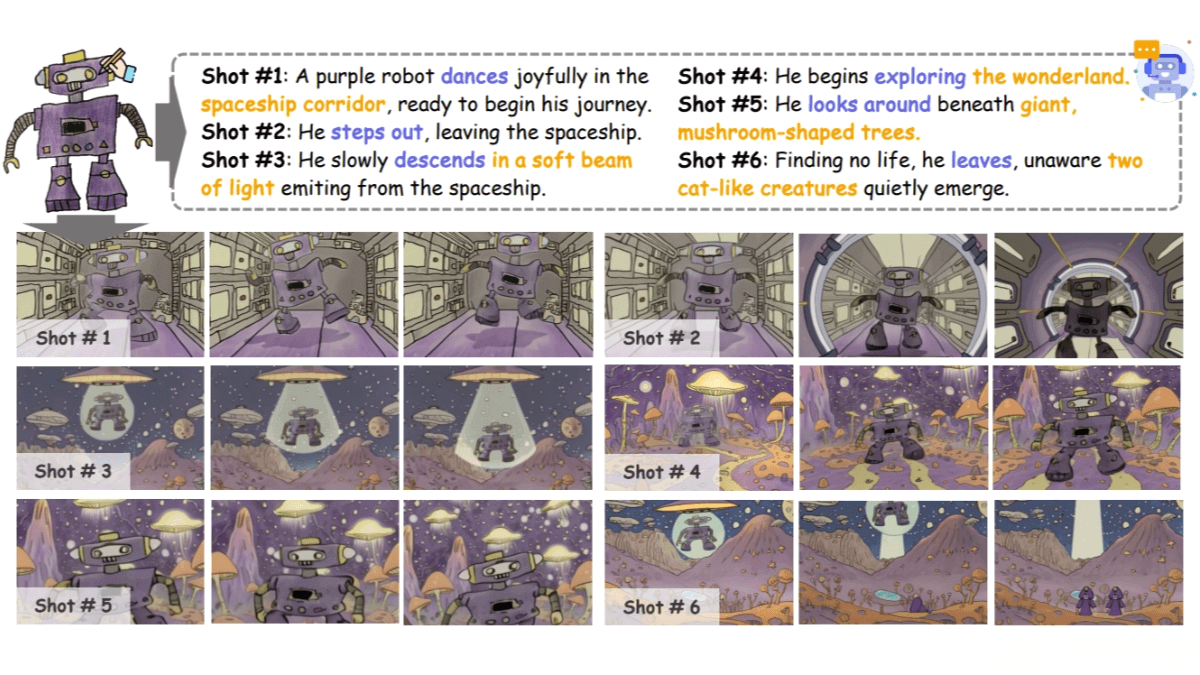GenAI Processors:Building the ‘Processor Architecture’ for Generative AI Workflows
What are GenAI Processors?
GenAI Processors is an open-source, lightweight Python library developed by Google DeepMind. It enables developers to build modular, parallel, and efficient pipelines for generative AI tasks. Centered around a Processor abstraction, it supports asynchronous, multi-modal content streams (text, audio, images, JSON, etc.).

What are its main features?
-
Modular architecture: Break down complex tasks into reusable
ProcessororPartProcessorunits that can be composed using+(sequential) or//(parallel) operators. -
GenAI API integration: Comes with built-in processors like
GenaiModelandLiveProcessorfor seamless interaction with Gemini models. -
Async and concurrency: Built on Python’s
asynciofor true non-blocking execution and faster Time To First Token (TTFT). -
Multi-modal stream support: Wraps content and metadata in
ProcessorPartobjects, handling text, image, audio, or any JSON format uniformly. -
Streaming tools: Offers tools to split, merge, and concatenate content streams, perfect for building flexible, real-time pipelines.
How does it work
-
Processor abstraction: Each
Processorimplements an async stream interface that ingests and outputsProcessorPartobjects. -
Asynchronous and parallel execution: Tasks within and across processors run concurrently, boosting performance and responsiveness.
-
Unified multi-modal processing: A consistent API layer handles diverse data types with ease, making cross-modal tasks simple to manage.
-
Composable logic: Use intuitive Python operators (
+,//) to create complex pipeline logic; processors can be extended or decorated easily.
Project info
Application scenarios
-
Real-time AI agents: For example, voice input → Gemini response → TTS output; suitable for live interaction and multi-modal interfaces.
-
Research agents: Create pipelines for retrieval → reasoning → summarization, perfect for knowledge mining or question answering.
-
AI commentary & broadcast systems: Combine processors for event detection, content generation, and audio narration.
-
Low-latency AI services: Ideal for use cases with tight latency requirements, such as chatbots, co-pilots, or content generation tools.
Related Posts




